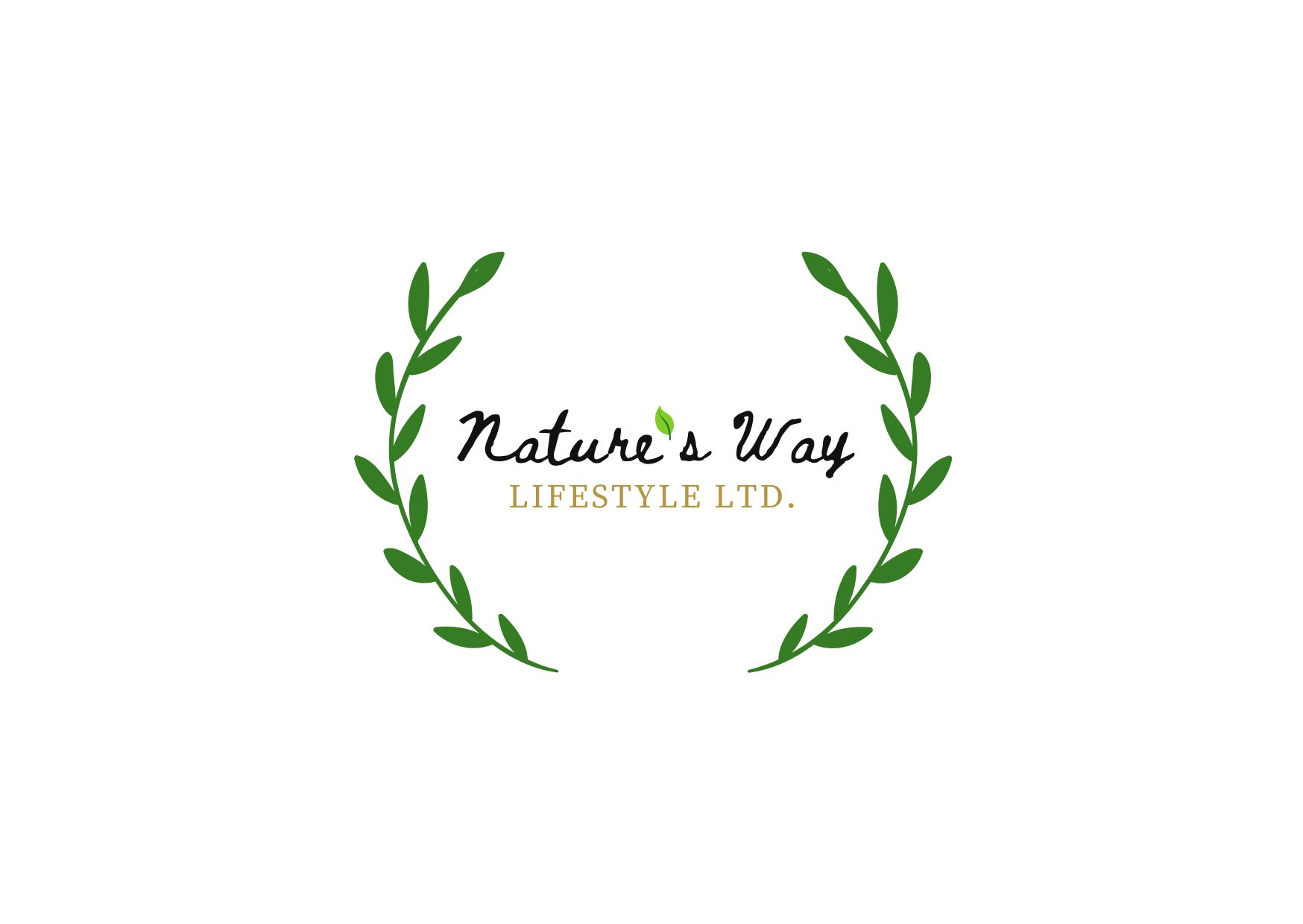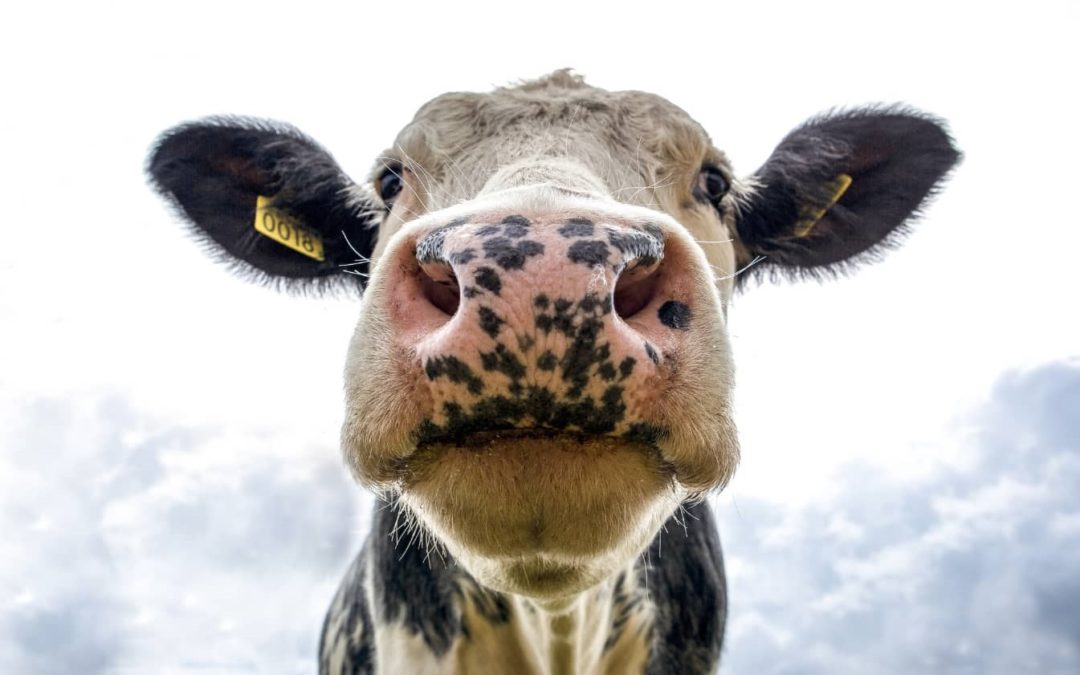Introduction
From the Cheese String in the Kids’ lunch box to the Kefir snack after lunch – dairy is as widespread as the misinformation surrounding it.
I’m sure the majority of us still remember the doting grandparent telling us to ‘drink all your milk and you’ll grow up big and strong’ – maybe you even get a pleasant memory whenever you reach for a glass of the white stuff now.
Or if you’re like me, you heard it once and never again after discovering that day you are lactose intolerant – as are 65%-70% of the worlds’ population overall.
You might well be, but just not know it yet.
Even in film, milk is used for special significance; the endearing Assassin who only drinks milk is ironically signified as an innocent, or a Queen, revered for her beauty, emerges from white milk bath, reborn and pure again after her latest purge on her Kingdom.
You may be thinking, ‘Seriously, where is he going with this?‘ But go with me here, it contributes to the pre-installed ideals about milk and dairy overall.
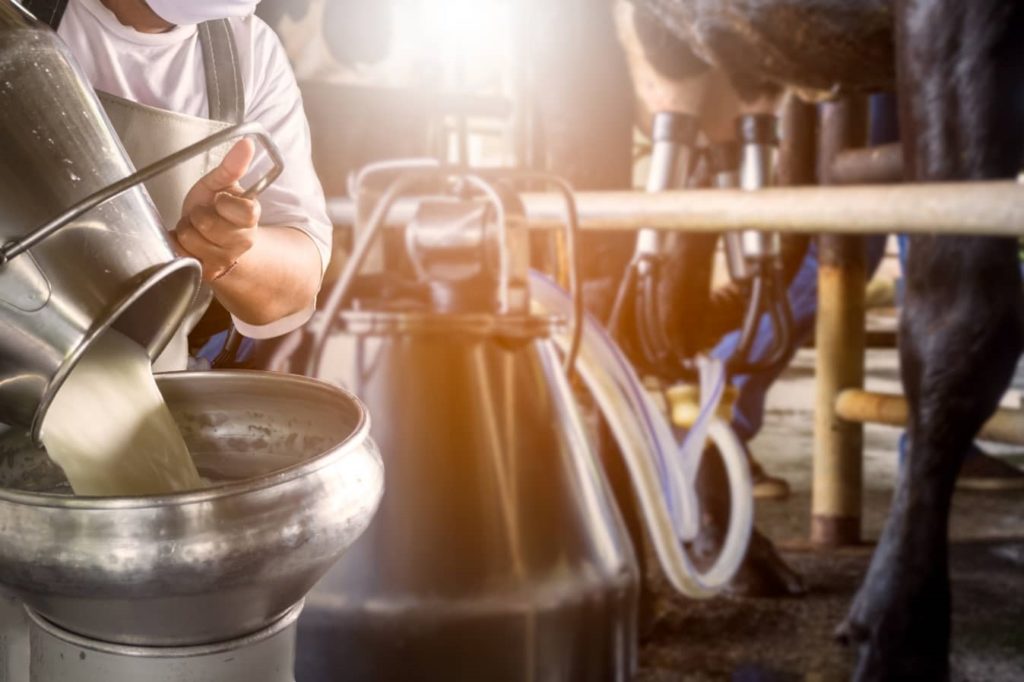
Things are changing
Due to the meteoric rise of Environmental and Animal Welfare groups, like Veganism (members of which have quadrupled from 2015 to 2020 in the UK), as well as a whole trope of documentary films getting behind the scenes and connecting live animal to supermarket shelf (something many city dwellers have never been exposed to), the dairy industry has nowhere left to hide.
Well, other than their £million marketing campaigns and lobbyists of course.
Attitudes have changed. If yours hasn’t – it the perfect time to catch up.
New evidence surrounding dairy is flooding out the cracks after decades government and private sector sponsored studies and we’re paying attention!
So, Dairy. With you sitting in the spotlight; are you good, bad or just plain ugly?
The Health Benefits of Dairy (Milk)
Anyway, true to form, we’ll start with the reported health benefits of Milk.
The Benefits of Milk
Milk is the basis of every infant Mammal on Earth in their first few months when digestive systems are immature and small. In the case of cows’ milk, it is formulated to grow a tiny calve into a half-tonne animal as fast as possible – hence why it’s one of the most nutritious foods available.
50% of calcium intake in America derives from dairy products, and you can see why the dairy industry has done so well as it’s packed with important nutrients:
- calcium,
- phosphorus,
- B vitamins,
- potassium,
- vitamin D (usually added to help the absorption of calcium),
- proteins (approx. 3.4g per 100g),
- AND provides 18 out of 22 essential nutrients.
There is no doubt calcium, as well as the magnesium and potassium content in milk is extremely beneficial for the development of bones in children. However, at this stage, we are equipped with the enzyme lactase which breaks down the milk sugar lactose. Once we get past about 7, lactase diminishes.
So, it’s as nutritious as it gets, but how does it effect the fragile eco-system of the human gut?
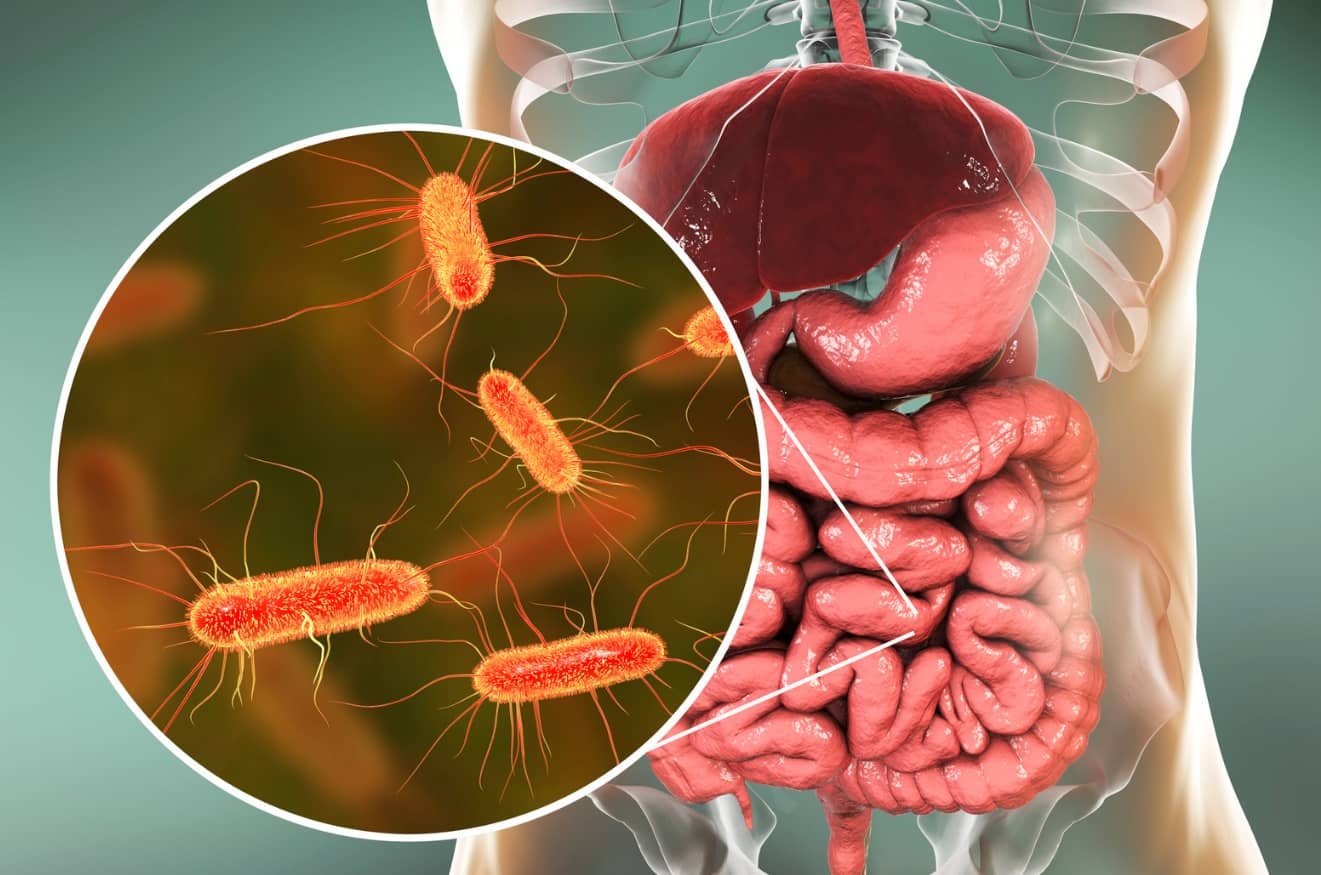
The Health Effects of Dairy (Milk)
Hormones
Dairy Cows are artifically inseminated and pregnant for approx. 300 days a year (natural gestation period 9 months, just like humans); they are impregnated constantly so their lactation is non-stop, during which time, hormones fluctuate.
Dairy accounts for approx. 80% of intake of oestrogen levels in a normal diet. More independent studies have to be conducted, but testimonies have recognised the disappearance of cists and lumps (which is cell mutation – which is/leads to cancer) after dairy was cut out of the diet.
Testosterone and Oestrogen, being sex hormones present in milk, can cause human hormone imbalance, mood swings, weight-gain, bulking and a range of other side effects including poor mental health, acne, eczema and other auto-immune conditions.
The argument for organic milk doesn’t fare any different – according to one study, a cows oestrogen levels are 33 times higher than a non-pregnant cow in the last 2 months of gestation.
Knowing this, the cancer risks often associated with dairy are not much of a stretch with the increased hormones and the increased levels of Insulin Growth Factor 1. As shown in PubMed:
“Studies suggest that the circulating insulin-like growth factor I (IGF-I) level is positively associated with the prostate cancer risk.”
More of IGF-1 soon…
Dairy Intolerances
Lactose intolerance can happen almost overnight. Personally, it became severe over a period of 10 weeks when I cut out dairy to see if it would help eradicate my teen acne (it did by the way), but after I reintroduced it as an experiment, I realised I was intolerant all along. The acne had been a side effect of this.
When we’re infants we typically produce plenty of the enzyme Lactase in our small intestine to break down the main milk carbohydrate, lactose. As we get past the age of about 7, this decreases and we’re left with a gut unable to process the potent milk sugar.
This intolerance can be extremely damaging, and a number of side effects can occur:
- Acne
- Flatulence and Bloating
- Diarrhoea
- Damaging of the gut lining and overall gut health
- Increased mucus production
- Skin irritation and redness
If you display any of these symptoms after eating dairy, the best thing for your health is to steer clear and cut it out.
These are all signs your gut and your immune system is being significantly damaged by dairy.
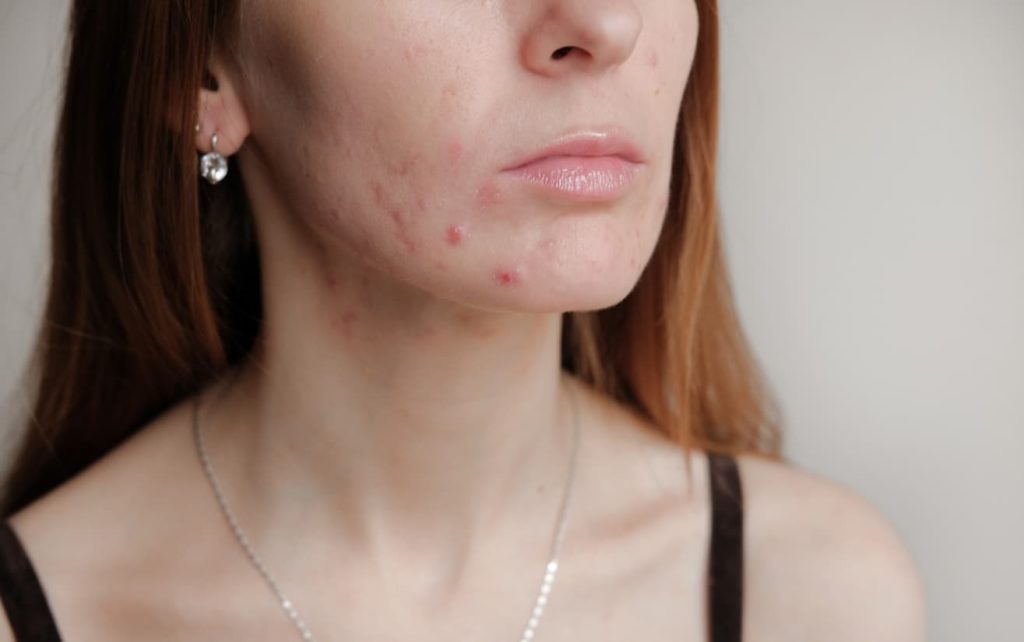
Skin Conditions and Acne
Studies have shown that individuals who drink skimmed, semi-skimmed or low-fat milk are more likely to suffer with acne and more severe acne in teen years and even into adulthood. As seen earlier, cows milk contains over 60 hormones naturally, and many are ‘problematic’ to say the least.
Insulin Growth-factor1 (IGF-1) is what has a significant effect on the acne.
Acne is strongly affected by hormonal changes, especially in teens and menstruating women.
The presence of IGF-1 can cause blood sugar irregularities, leading to peaks and slumps in blood sugar/energy levels which makes us eat more to compensate – plummeting us into a vicious circle.
Eczema has also been known to be triggered or flared by dairy like milk. There are many stories that recommend cutting out dairy to reduce or even eliminate their eczema, one of these individuals is our very own Co-Founder Andrea who had suffered from eczema her entire life – after cutting out dairy as part of one of our Paleo meal plans (yep we use our own products lol) her eczema cleared up. After reintroducing dairy 28 days later, part of the experiment – queue eczema flare up.
There is no doubt, as previously explored, that dairy has some great benefits and is packed with nutrients. However, it is also very damaging and simply not meant for the human consumption.
It is produced for baby cows, not people.
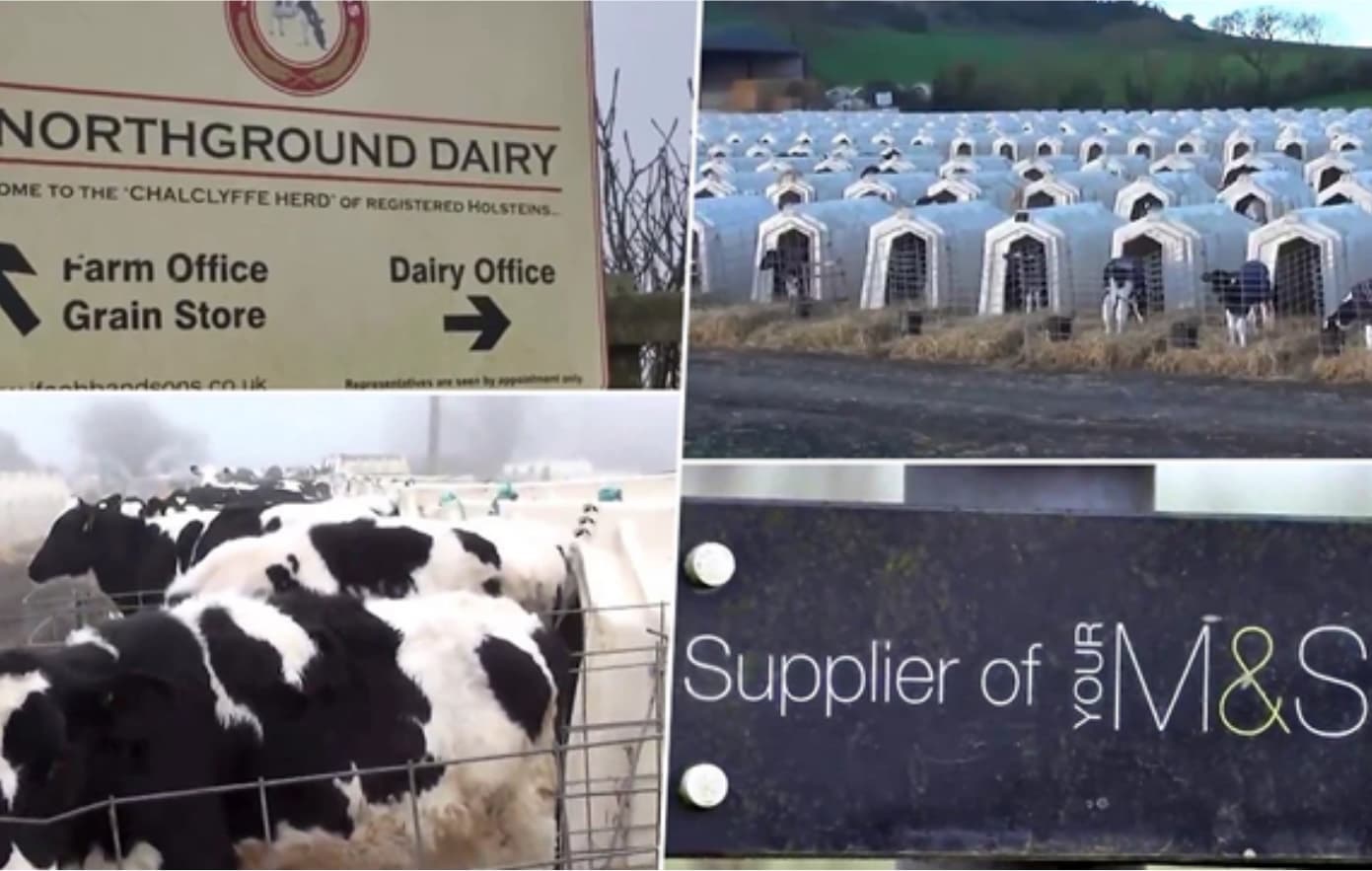
Welfare of the Cows
From intolerances that trigger bloating and diarrhoea, to a flare up of previously quashed eczema, it’s ultimately up to you whether you continue to allow the impact of dairy on your mind/body.
It’s also up to you whether you contribute to the effects the diary industry has on animal welfare and our environment…
Think Handmaid’s Tale. These amazing animals are subjected to the life worse than a handmaid of Gilead.
Having lived on a farm for nearly 10 years, and the farmer keeping cows over the garden fence, I came to understand their intelligence and emotion on a soul level.
They love apples, and memorise their names, form strong bonds, come when they’re called (more consistently than our Huskies, I might add), remember faces and hold grudges.
Both Calf and Cow grieve and cry when they’re separated. We’ve seen it from both aspects. On average, a calf is ripped away from it’s mother only hours after it’s born – the farmer wants that milk!
Worse yet, their mother’s cry for hours every day a couple of weeks before they’re sent to slaughter. Trust me. They know. The very mood of the farm becomes unbearable!
Males will be shipped to the infamously torturous veil farms, or if they’re lucky, slaughtered before that. The females will be held in small pens and bottle fed until they ‘come of age’ to be artificially inseminated and join the milk machine. Like I said, Handmaid’s Tale.
I quit milk because of my intolerance, but the shocking treatment of these animals made me steer clear from all dairy products completely. It’s really not worth it!
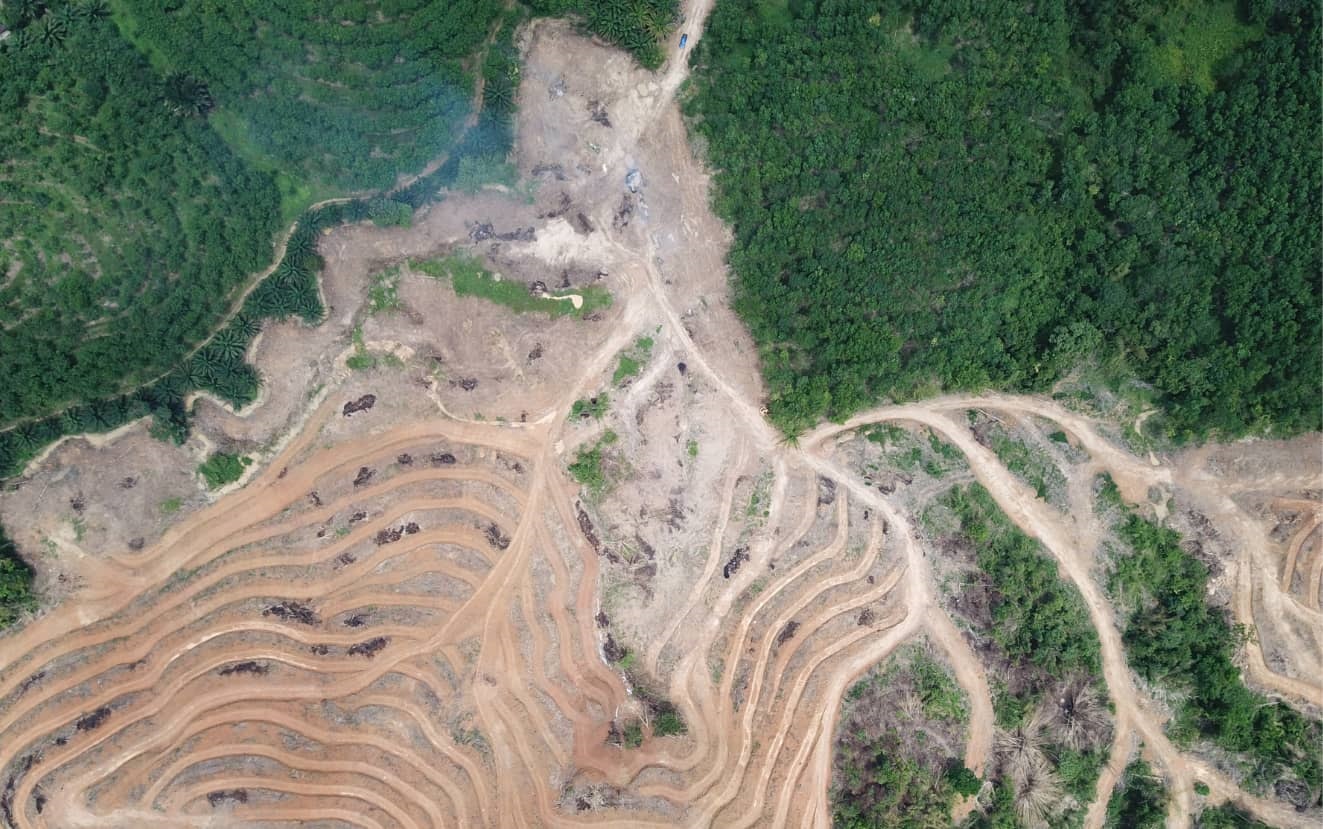
Cows and Climate Change:
As a company also focused on sustainability, and the environmental impact of our food, here we have a look at the welfare and climate issue of Dairy. Ready for a stat hurl?
- 33% of cropland is used to feed animals. Rapid deforestation of 1 football pitch every second in the Amazon rainforest is to reach the demand of cattle and dairy farmers.
- Rearing cattle is in fact more damaging than the cars, planes trains and boats running around spewing out CO2.
- Methane is 25-100 times more damaging than CO2 in the atmosphere; not to mention the mountains of waste produced that has nowhere to go but our streams, rivers and oceans.
- By removing you demand from this disaster – your carbon footprint will reduce. More than by switching over to an electric car which is a huge cost.
A Quick Note: I have refrained from using shocking images from this blog. I find them difficult to look at, and so would you – I hope. But education, and transparency is important. Below there is a link to a video from Ed Winters in NowThis News – Ed’s a former self-proclaimed meat lover, turned Vegan activist.
I would please like you to watch it at the end of this blog, because it’s important.
Conclusion: Dairy is scary!
Sorry milk lovers, but it’s just damn Ugly!
There are notable health benefits to milk, such as it being nutrient rich, helpful for gaining weight and accessible. On the flip side, the milk is made for baby cows to become huge cows as fast as possible, so no wonder it is so mineral, fat and protein rich.
As well as hormone rich, of course. As we know by now there are over 60 hormones present in milk, causing many different negative side effects.
During their life, cows are also so often poorly looked after: they develop huge abscesses and infections. They are injected, cut at and fed anti-biotics in their soy, grain and sweet mix. All of these chemicals will leach out into their milk. And no company can guarantee that they are fully removed during processing.
What I didn’t fully get into was the corruption, which I highlighted in Pure Bull.
If you were unawares before, I hope you are now and I thank you for taking the time to read this.
It’s your choice whether to keep supporting the suffering. I’m obviously biased being Plant Based, an empath and lactose intolerant. But ultimately, what happens next, only you can determine.
I just hope you make the correct choice. It’s not just your health and risk at this point, but the health of the environment for all!
It takes one person at a time to create a huge shift in the way things are done.
Never underestimate the power of your choices and the pound in your pocket.
For information on what the alternatives our, check out our quick read Milk Alternatives blog.
Health and Happiness,
Alex.
